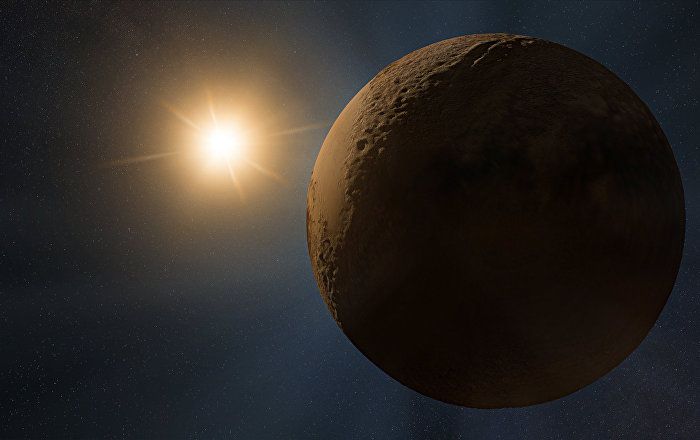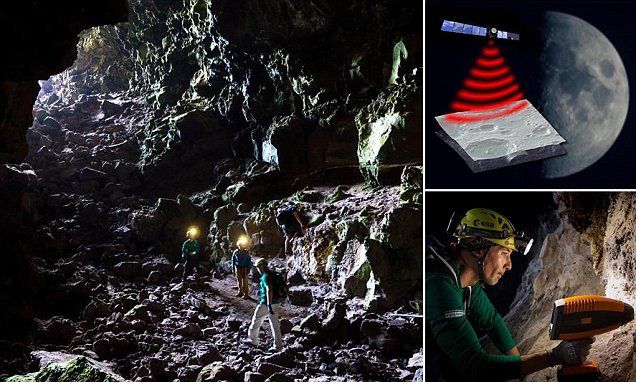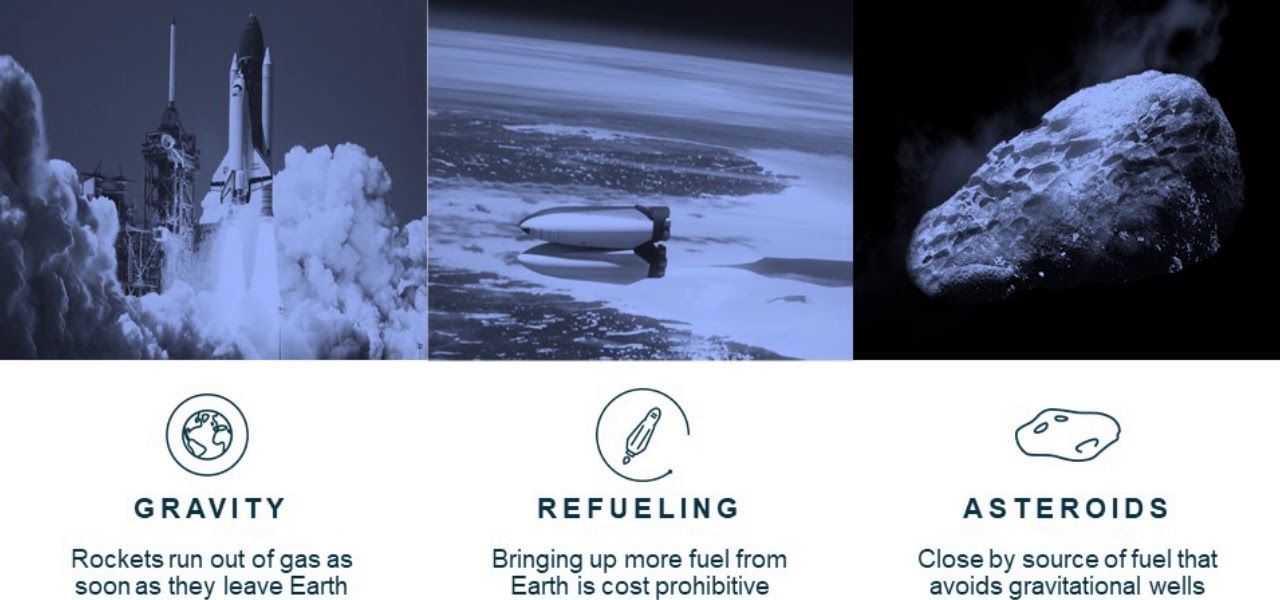Astronomers re-examined data from NASA’s Odyssey spacecraft and found evidence of water from a region in the Martian equator. While the discovery is surprising, it’s definitely a welcome one. Water on Mars can help future exploration missions.
It’s long been known that Mars had large bodies of water some millions of years ago. Traces of these ancient Martian lakes and oceans have been found in recent years, thanks to information provided by probes and landers, like NASA’s Curiosity rover and the Odyssey spacecraft that currently orbits the red planet. Now, a team of astronomers from the Applied Physics Laboratory (APL) of Johns Hopkins University found large deposits of what could be permafrost ice in the most unlikeliest of places on the Martian surface.









